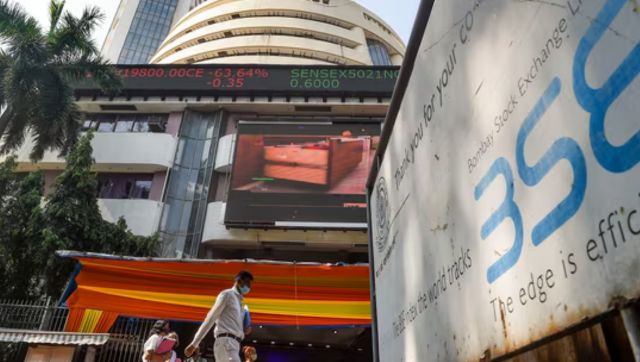The economic empowerment and financial inclusion of people till the last mile has been the key theme outlining government policies since the last two budget sessions in India. The “JAM Trinity” refers to the consolidation of three critical spokes, i.e. Prime Minister Jan Dhan Yojana (PMJDY), Aadhaar and Mobile connectivity (JAM), in the wheel of economic policies that are meant to drive financial inclusion measures to bring about an overall empowerment.
The key priority of this scheme is to extend banking services to the unbanked population in the country. This was a major revolution towards financial inclusion of the unbanked section of society, a movement that led to 28.51 crore bank accounts being opened with around 13.11 crore people included in the social security cover. This was a major shift in the banking and insurance reach in the country.
As with banking and insurance, an equally important pillar of the financial sector is capital markets. Statistics have shown that investment participation from domestic retail investors in India lags behind developed and many developing countries. According to the ‘Sebi Investors Survey 2015’ released in April 2017, more than 95 percent of Indian households favor bank deposits as a preferred destination to park their money, while less than 10 percent opt for investing in mutual funds or stocks.
The importance of capital markets is felt by the country, when all news channels continuously review the capital market reaction to the various budget announcements. The reactions of stock prices depend on how favorable or not are the budgetary recommendations on the performance of the companies. The benchmark index such as S&P BSE Sensex represents a catch-all factor as it represents a group of stocks across all sectors of the economy. The capital markets are the centers that connect various corporates including SMEs who seek funding requirement for expansion and growth with the investors who look for wealth creation.
Today we have around three crore registered investors in the capital markets, which form barely two percent of the entire population. Capital markets now offer a variety of products ranging from traditional equity capital, debt capital (bonds), derivatives, separate platform for SMEs, mutual funds, etc. They play an important role for every intermediary. The investors have various investment options based on their risk appetite. For corporates, the capital markets provide an option to efficiently align their capital structure. The smaller enterprises have an alternate venue to raise funds via the SME platform, where the rules are relaxed after accounting for the potential risk involved.
The ‘Sebi Investors Survey 2015’ (April 2017) estimates that there are a total of 3.37 crore investor households in India. Of these, 70 percent (2.37 crore) reside in urban areas while the other one crore are rural households. Among these, mutual funds are the most popular investment instruments with about 2.2 crore households as investors. There were an estimated 1.9 crore households which invested in equities and 77 lakh household which invested in bonds (public, private and PSU).
Among derivative instruments, there were 30 lakh equity and currency derivatives investors and 21 lakh investors in commodity futures. We see that the capital market participation is at very low levels and it is also in sharp contrast to the fact that 99 percent of households in both rural and urban India have at least one member with a bank account (ICE 360 Survey), which has happened after the Jan Dhan movement. On the flip side, it indicates the potential of financial savings being diverted towards capital market instruments.
Recent surveys and studies from various organizations have indicated high optimism that India would continue to remain an economic bright spot. In the next five years, it is estimated that every adult will have a smartphone, a bank account and Aadhaar number. Technology has reduced the cost of reaching out to people. As with the various measures taken for banking sector inclusion, a similar revolution is required for capital markets so it can grow in size only through active participation from retail investors. The current rise in flow of funds is towards equity markets, though mutual funds has already indicated their marginal benefits.
Given the policy thrust from the government and also from the market regulators in enhancing retail participation, not just by promoting financial literacy with regard to capital markets but also taking suitable measures facilitated by technology, we should look forward to a similar revolution on capital market inclusion. This would play an important role in fostering a stronger capital market, providing sustainable finance and establish a private sector associated with employment and economic growth.
The author is head – research, BSE. Views are personal
)
)
)
)
)